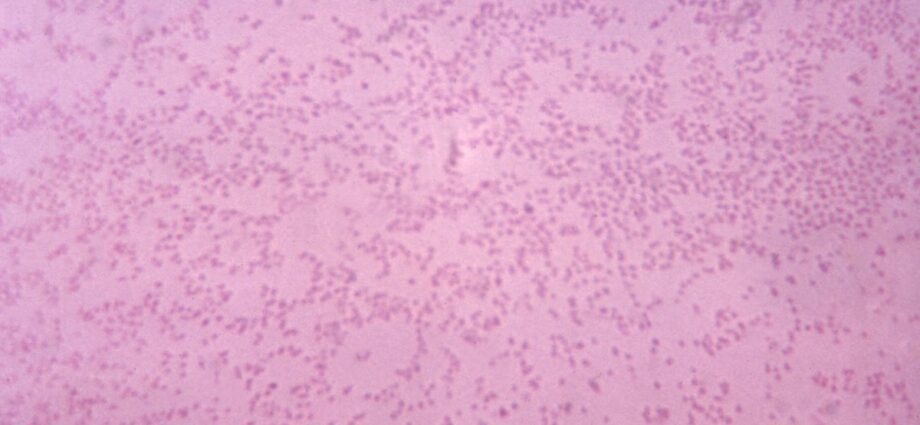Contents
Pasteurellosis: definition, symptoms and treatments
Pasteurellosis is a common disease in animals and humans, caused by the inoculation of bacteria. It manifests as a localized and painful inflammatory reaction. An effective treatment with antibiotics exists and is quite effective.
Pasteurellosis, what is it?
Pasteurellosis is an infectious disease caused by a bacteria called “Pasteurella multocida”. It is a commensal bacterium of the respiratory, digestive and genital mucous membranes of mammals and birds, that is to say that it is found on these surfaces under normal conditions.
This bacterium is very sensitive to temperature changes and desiccation. This is why it survives very poorly in the external environment. Transmission of Pasteurelles therefore occurs only by contact, when an animal will bite or lick a pre-existing lesion.
In animals, in addition to pasteurellosis, this bacterium is found involved in many other diseases:
- Cattle hemorrhagic septicemia, where it causes fever, swelling of the throat and chest, followed by respiratory complications that can lead to death;
- Avian cholera, where it causes sepsis with fever and greenish diarrhea;
- Pig atrophic rhinitis, where it causes nosebleeds, lung problems and atrophy of the pig’s muzzle;
- Pneumonia in several animal species;
- Broncho pneumonia in ruminants and pigs;
- Coryza, pneumonia or abscess under the skin;
- Rabbit arthritis, where it will damage the joints;
- etc.
What are the symptoms of the illness ?
Once the bacteria enter the body, often after a bite or scratch, it will produce endotoxin. This toxin causes localized necrosis around the site of inoculation. The result is:
- a rapid, intense and painful inflammatory reaction;
- a red and painful swelling appears at the site of the injection of the bacteria;
- Purulent oozing from the wound, which has difficulty in healing;
- the peripheral ganglia are of increased size.
If the infection is not treated quickly, then it can spread to the whole body, causing fever syndrome and then sepsis, which is rare but dangerous.
If the inoculation takes place at a location close to a joint then the bacteria can cause bone and joint complications, but this is rare. This bacterium can be transmitted to humans from animals in which it will cause the same symptoms.
How is the diagnosis made?
The diagnosis of Pasteurellosis can be made in the laboratory after your doctor or veterinarian has taken a sample from the infected lesion. The sample is then cultured for 24 to 48 hours. At the end of this time, the bacteria involved in the infection can be identified. An antibiogram can also be performed to test the sensitivity of the bacteria to conventional antibiotics.
In all cases, an antibiotic treatment can be set up pending the result of the bacterial culture and the antibiogram.
What treatment is possible?
The treatment of this disease is done with fairly broad spectrum antibiotics, which will eliminate the bacteria. They are to be given by general route to the animal, often in the form of tablets or injections.
In addition to this general treatment, proper disinfection of the inoculation area should be carried out. For this, disinfection with chlorhexidine or betadine is indicated. It may be necessary to prevent the animal from licking itself using a collar or a moon collar.
With the right treatment, the prognosis for this disease is quite good. The few cases of complications that exist concern wounds located in places that are difficult to access, such as the joints, and where antibiotics will have difficulty in spreading.
There is a vaccine against Pasteurella in animals which is produced from the killed bacteria. But, due to the low severity of Pasteurellosis for our pets, it is only used in production animals.










